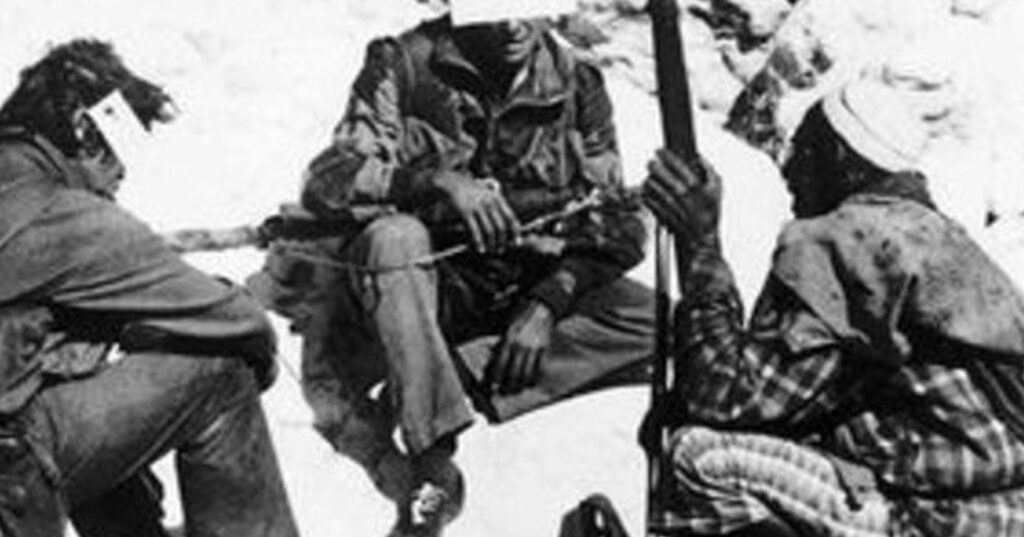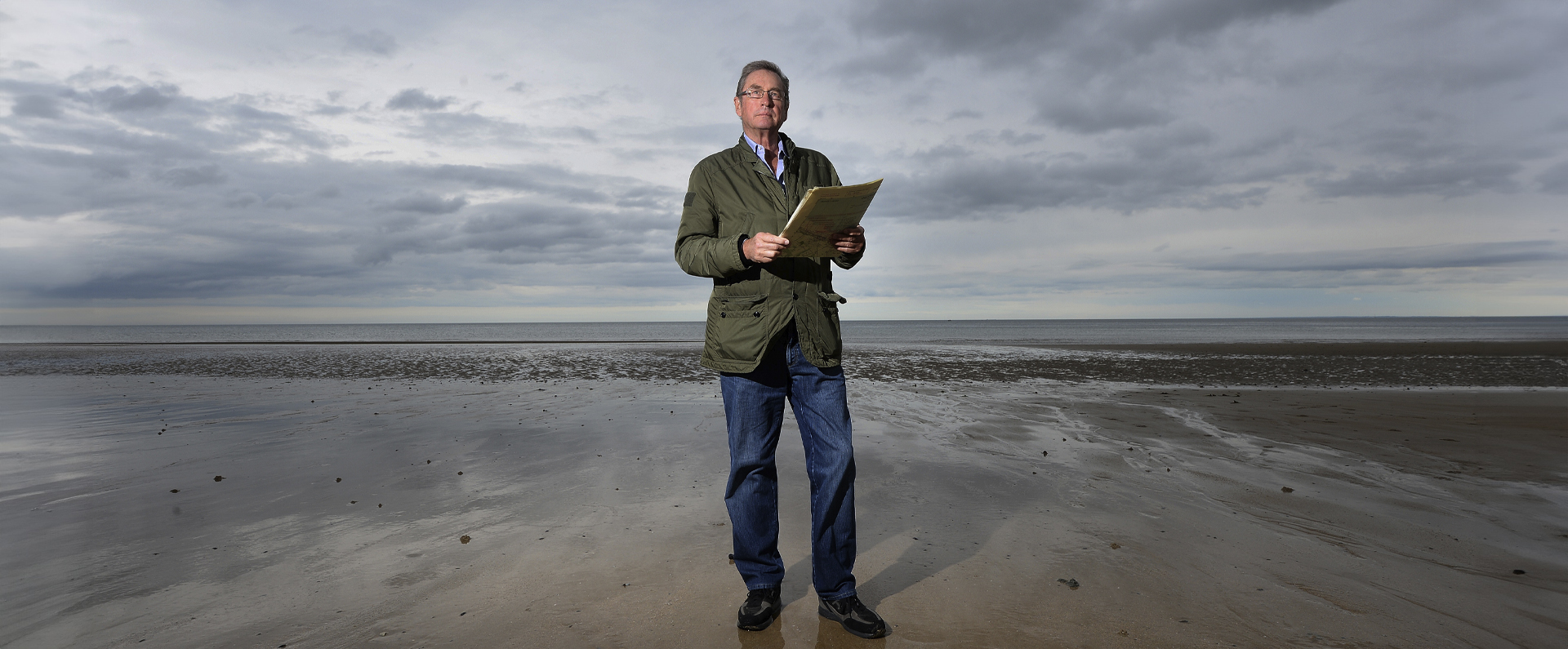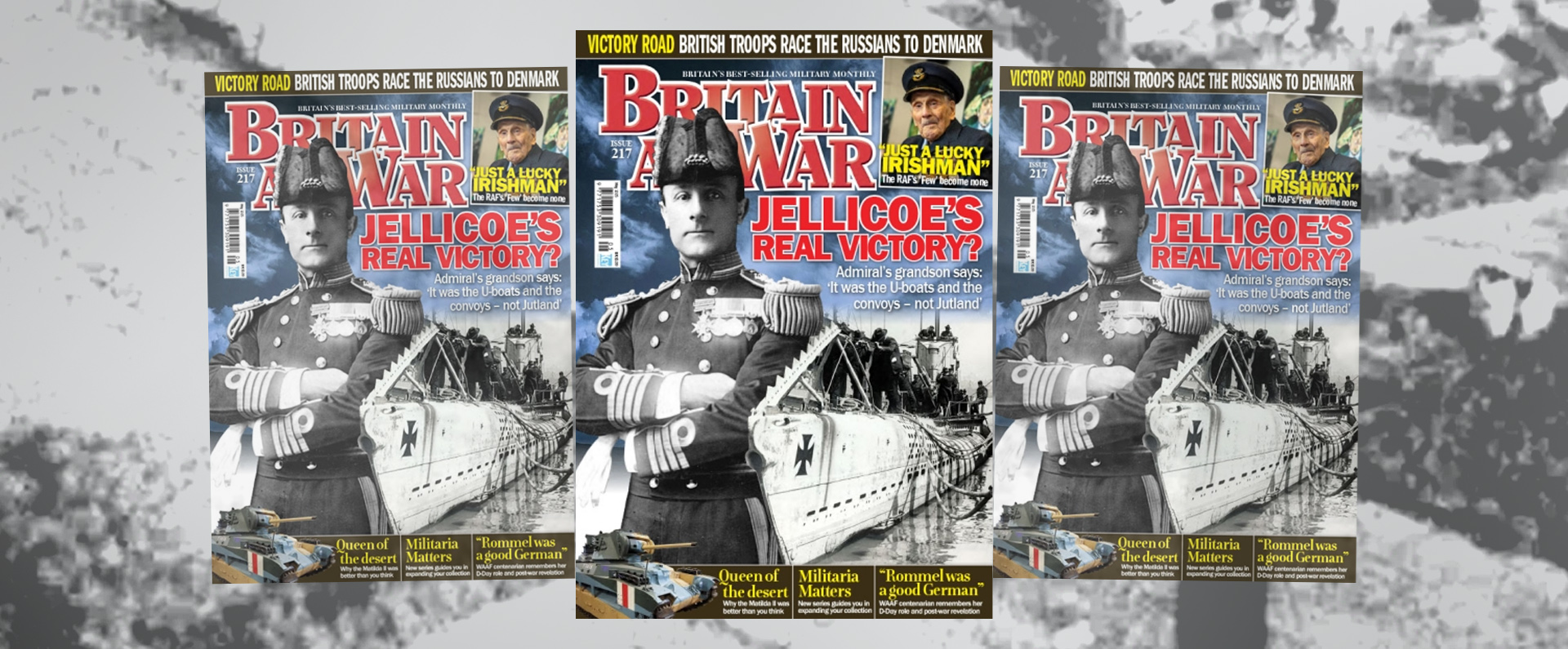
IT WAS without doubt one of the most heroic defences in British military history and the raw courage of nine SAS men against an estimated 400-strong rebel army at the Battle of Mirbat still sends a shiver down my spine.
My fascination with bravery dates back to my childhood but it was only when I was older that I learnt about the SAS’s “secret war” in Oman during the early Seventies and their defiant “last stand” on July 19, 1972.
The Battle of Mirbat was a modern day Rorke’s Drift – the famous 1879 defence of a mission station during the Anglo-Zulu War – that would cost two soldiers from “The Regiment” their lives.
Thursday is the 40th anniversary of the battle and to mark it surviving SAS soldiers from the Oman conflict, along with their supporters, will gather tomorrow for an event at Firepower, the Royal Artillery Museum in south-east London.
Since I am unable to be present I want to re-tell the story of the SAS’s bravery and explain why four years ago I sponsored the Battle of Mirbat Memorial at the National Memorial Arboretum in Staffordshire.
It was dawn on July 19, 1972, when the Adoo, a group of highly trained, heavily armed communist guerrillas, tried to seize the port of Mirbat on the Arabian Sea.
The Adoo were, after a series of setbacks, looking for a big military and public relations victory in their battle with the Sultan of Oman’s troops and their SAS allies who were officially only in the country in an advisory role. The attack came during the monsoon season on a day when it was raining lightly and with low cloud cover.
The guerrillas’ initial aim was quietly to eliminate a small detachment of gendarmerie, slitting the throats of the eight men occupying a watch-point on the edge of the port.
Yet things did not go to plan and an exchange of gunfire was heard by the nine SAS men staying in a nearby British Army training team house.
They were supported by a small number of local gendarmes and militia, who were inexperienced fighters.
Captain (later Major) Mike Kealy, who was in command of the SAS team at the time of the attack, saw the waves of enemy rebels advancing and was soon barking orders to his men.
Sergeant Talaiasi Labalaba, 30, known affectionately to his comrades as “Laba”, ran some 500 yards to a gun-pit to fire a 25-pounder gun single-handedly, even though for maximum effect it needed to be manned by five men.
Labalaba knew that if the gun fell into enemy hands the Adoo would sweep through the port and so he kept up a relentless barrage. As the enemy closed in on him Labalaba was eventually seriously wounded by a round from a Kalashnikov rifle.
With his jaw smashed to pieces he reached for his walkie-talkie and said: “I’ve been chinned but I am OK.”
Hearing that his close friend had been hurt Trooper Sekonaia Takavesi, a fellow Fijian, grabbed his self-loading rifle (SLR) and ran to the gun-pit under a hail of fire.
Although the two Fijians held off the advancing enemy for several minutes Takavesi, known as “Tak” or “Sek”, realised they needed more support so he ran back to the small fort to get help, returning with Walid Khamis, an Omani gunner.
Khamis was the next man to be hit, falling to the floor and writhing in agony after being shot in the stomach.
Shortly afterwards Takavesi was shot in the shoulder, meaning there were only two seriously injured Fijians to hold off the enemy from the gun-pit.
REALISING he was almost out of ammunition Labalaba tried to reach a 60mm mortar nearby to continue his assault on the enemy. He was shot fatally in the neck as he reached for the weapon.
When the 25-pounder fell silent Kealy and a volunteer, Trooper Tommy Tobin, ran to the gun-pit, again dodging enemy bullets.
As Tobin tried to tend the wounded he was shot in the face, later dying from his wounds.
Yet just as the situation appeared hopeless, the SAS had two strokes of luck. The first was that the cloud lifted and two jets from the Sultan’s air force were able to fly low over the scene, strafing the guerrillas with cannon fire.
Second, unknown to Kealy another SAS unit based at Um al-Quarif had learnt of the battle and had been ordered to travel the 35 miles to Mirbat to help their comrades.
After the cloud lifted and the SAS reinforcements were helicoptered to the edge of Mirbat they quickly fought their way through the port, leaving the guerrillas on the retreat.
After more than four hours of ferocious fighting the enemy had been defeated, leaving behind some 40 fighters who were dead or seriously wounded.
The SAS lost two men but Takavesi survived and was eventually awarded the Distinguished Conduct Medal (DCM), while Kealy was awarded the Distinguished Service Order (DSO) and Sergeant Bob Bennett received the Military Medal (MM).
Labalaba was simply mentioned in dispatches and the bravery of many others, including Tobin, was never officially recognised.
The reason for the small number of gallantry awards was that the SAS was involved in a secret war and for the Army to have awarded posthumous VCs would have drawn unwanted attention to their activities.
Yet the Battle of Mirbat was a turning-point in the conflict. Trouble continued in Oman for four more years but the Adoo never really recovered from the setback of July 19, 1972, and eventually the rebel force was defeated.
The failure of the authorities to adequately recognise the exceptional gallantry of Labalaba and Tobin rankles with SAS servicemen past and present.
PETE WINNER, a former SAS sergeant (whose name has been changed for security reasons), is one of the many aggrieved that Labalaba in particular never received a posthumous VC.
Winner, who fought at Mirbat and later took part in the Iranian Embassy Siege, said of Labalaba: “The guy deserved a VC for what he did.”
The Victoria Cross (VC) is Britain and the Commonwealth’s most prestigious award for bravery in the face of the enemy.
Takavesi, described by one of his superiors as “a legend in his own time within the SAS”, was equally resentful at the lack of recognition for those who had fought at Mirbat.
“I think all the people involved should have been given a medal,” he said.
Tomorrow Winner will give a talk about one of the most astonishing episodes in British military history.
Bob Podesta, who as an SAS trooper also served in Oman and was mentioned in dispatches for bravery during another incident, will discuss his experiences in the region.
Appropriately their journey into the past will take place around the “Mirbat gun”, the 25-pounder that was ultimately responsible for the SAS winning the battle 40 years ago.
Bullet holes from the fighting that day can still be seen in the weapon’s gun shield. The more I learned about the bravery of the SAS men at Mirbat, the angrier I became that their courage had never been properly recognised.
These were a mere handful of men who at the height of the fighting had been outnumbered by the enemy by more than 25 to one.
It was this feeling of injustice that prompted me in 2008 to sponsor the Battle of Mirbat Memorial. The names of three men are listed on the monument: Labalaba and Tobin, who were both killed, and Kealy, who commanded the SAS team that day.
Although Kealy survived the battle he died from exposure during an SAS training exercise on the Brecon Beacons in 1979. Nobody should be in doubt just how hard it is to train and survive in the “The Regiment”.
Tomorrow’s event is dedicated to the “loving memory of Laba and Tommy”, two of the bravest men in the long and rich history of the SAS.
Their courage and self-sacrifice must never be forgotten.
Read this article on the Daily Express website
For more information, visit:
LordAshcroftOnBravery.com

